
In today’s competitive market, the durability and quality of products are more critical than ever. Industries like packaging, printing, and manufacturing depend on materials that can withstand daily wear and tear, maintaining their appearance and functionality. To ensure surface durability, Scuff Resistance Testers have become essential tools for quality control. These devices simulate real-world conditions to evaluate a material’s resistance to scuffing and abrasion, helping businesses deliver robust and reliable products.
At Pacorr.com, we specialize in offering advanced scuff resistance testers tailored to meet the needs of a wide range of industries. In this comprehensive guide, we’ll cover the importance of scuff resistance testing, its applications, how it works, and why Pacorr is your trusted partner for quality testing solutions.
What is a Scuff Resistance Tester?
A Scuff Resistance Tester is a precision device that measures the resistance of a material’s surface to scuffing or abrasion caused by friction. It replicates real-life scenarios where materials are exposed to mechanical stress, such as during transportation, handling, or storage. The results provide manufacturers with valuable insights into a material’s durability, allowing them to make improvements and ensure compliance with industry standards.
These testers are essential in industries where maintaining the appearance and functionality of products is a priority, ensuring customer satisfaction and preserving brand reputation.
Why is Scuff Resistance Testing Important?
Scuff resistance testing plays a vital role in quality assurance by ensuring materials meet durability requirements. Here’s why it’s essential:
1. Preserving Visual Appeal
Products like packaging and labels are often the first interaction customers have with a brand. Scuff resistance testing ensures surfaces remain clean, vibrant, and professional-looking.
2. Meeting Industry Standards
International standards like ASTM D5264, ISO 18947, and TAPPI T830 require rigorous testing to ensure materials can withstand friction. Scuff resistance testing ensures compliance with these benchmarks.
3. Reducing Waste and Costs
By identifying material weaknesses early in the production process, manufacturers can minimize defects, reduce waste, and lower costs associated with recalls or rework.
4. Enhancing Customer Satisfaction
Durable materials that maintain their quality improve the user experience, fostering loyalty and trust in your brand.
5. Strengthening Brand Value
Products that consistently meet high-quality standards reinforce a brand’s reputation for reliability and excellence.
Applications of Scuff Resistance Testers
Scuff resistance testers are versatile tools with applications in a variety of industries, including:
1. Packaging
Packaging materials like cartons, labels, and flexible pouches often face scuffing during transportation and handling. Testing ensures these materials retain their structural integrity and branding.
2. Printing and Publishing
Inks and coatings on printed materials such as magazines, brochures, and labels must resist wear from frequent handling. Scuff resistance testing ensures these materials maintain their visual appeal.
3. Consumer Electronics
Protective layers on devices, such as casings and screens, undergo scuff resistance testing to ensure they remain scratch-free and durable.
4. Automotive Components
Interior surfaces, dashboards, and coated components in vehicles are tested to ensure they can withstand regular use without degrading.
5. Pharmaceutical Packaging
Labels and packaging for medicines must remain legible and intact throughout their lifecycle. Scuff resistance testing ensures compliance with regulatory requirements.
6. Retail and Consumer Goods
Products like clothing tags, cosmetic packaging, and luxury items benefit from scuff resistance testing to maintain their appearance and usability on store shelves.
How Does a Scuff Resistance Tester Work?
Scuff resistance testers simulate the effects of friction on materials under controlled conditions. Here’s a step-by-step overview of how the testing process works:
1. Sample Preparation
The material to be tested is prepared and secured onto the testing platform.
2. Setting Parameters
Testing conditions such as pressure, speed, and rubbing cycles are adjusted to replicate real-world scenarios based on the material’s intended use.
3. Testing
The machine applies controlled friction to the material using an abrasive surface or pad. This mimics the wear and tear the material might experience during handling or transportation.
4. Inspection and Analysis
After testing, the sample is inspected for signs of damage, such as scuff marks, fading, or wear. The results help determine whether the material meets quality and durability standards.
Features of Pacorr’s Scuff Resistance Testers
At Pacorr.com, our scuff resistance testers are designed with advanced features to meet the needs of diverse industries. Key features include:
1. High Accuracy
Our testers deliver precise and repeatable results, ensuring your quality control process is both reliable and effective.
2. Customizable Settings
Adjustable parameters such as pressure, speed, and cycle count allow for tailored testing across various materials and applications.
3. Durable Construction
Built with high-quality materials, our testers are robust and designed for long-term use in demanding environments.
4. User-Friendly Interface
With intuitive controls and clear displays, our testers are easy to operate, making them accessible for all skill levels.
5. Compact and Portable Design
Pacorr’s testers are space-saving and can seamlessly integrate into laboratories or production setups.
6. Compliance with Standards
Our testers adhere to global standards, including ASTM, ISO, and TAPPI, ensuring your results are reliable and industry-accepted.
Benefits of Using Pacorr’s Scuff Resistance Testers
Investing in a scuff resistance tester from Pacorr.com offers several advantages, including:
Enhanced Product Quality: Identify and address weaknesses to deliver stronger, longer-lasting materials.
Cost Savings: Reduce waste and avoid costs associated with defective products or customer returns.
Market Competitiveness: Ensure products meet international standards, making them more competitive in global markets.
Customer Trust: Deliver durable products that exceed customer expectations.
Long-Term Reliability: Benefit from high-quality equipment that provides consistent performance.
Why Choose Pacorr.com for Scuff Resistance Testers?
At Pacorr.com, we are dedicated to providing innovative and reliable testing solutions. Here’s why businesses choose us:
1. Industry Expertise
With years of experience, we understand the unique needs of industries like packaging, printing, and automotive.
2. Cutting-Edge Technology
Our scuff resistance testers are equipped with advanced features to deliver accurate and reliable results.
3. Global Reach
We serve clients worldwide, making Pacorr a trusted name in quality control.
4. Customer-Centric Approach
From consultation to after-sales support, we prioritize your success and satisfaction.
5. Affordable Pricing
Our products offer the perfect combination of premium quality and cost-efficiency.
Conclusion
A Scuff Resistance Tester is an indispensable tool for businesses aiming to deliver high-quality, durable products. By simulating real-world conditions, it helps manufacturers identify weaknesses, improve material performance, and ensure compliance with global standards. At Pacorr.com, we provide cutting-edge scuff resistance testers designed to meet the diverse needs of modern industries.
Explore our range of testing solutions today at www.pacorr.com and take the first step toward ensuring superior product durability and customer satisfaction. Let us help you achieve excellence with reliable and innovative testing solutions!

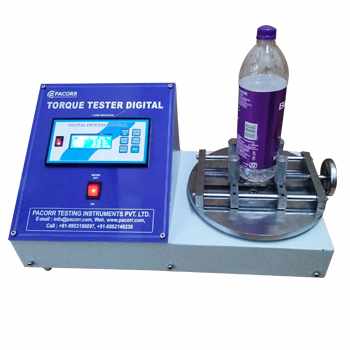
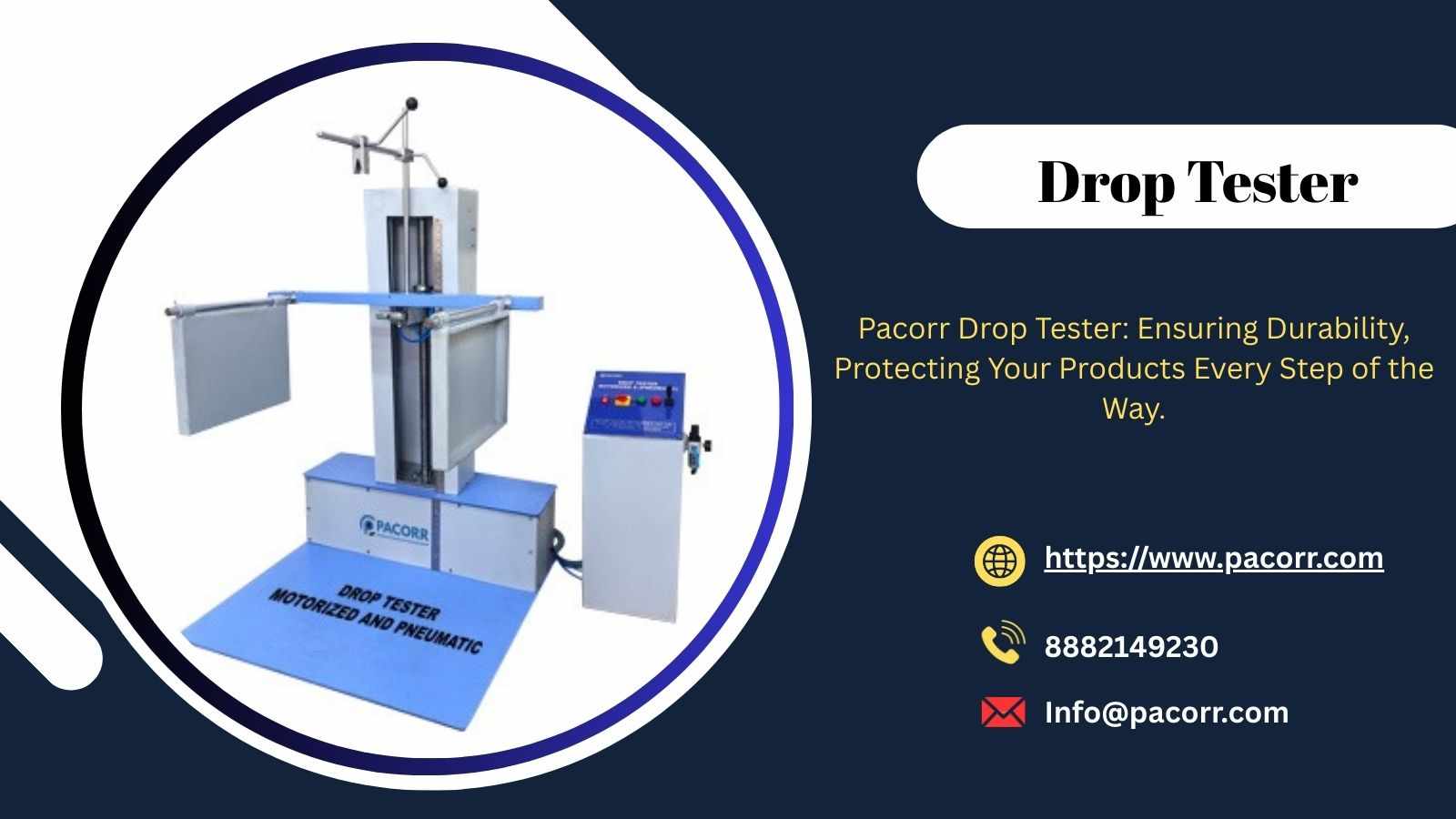
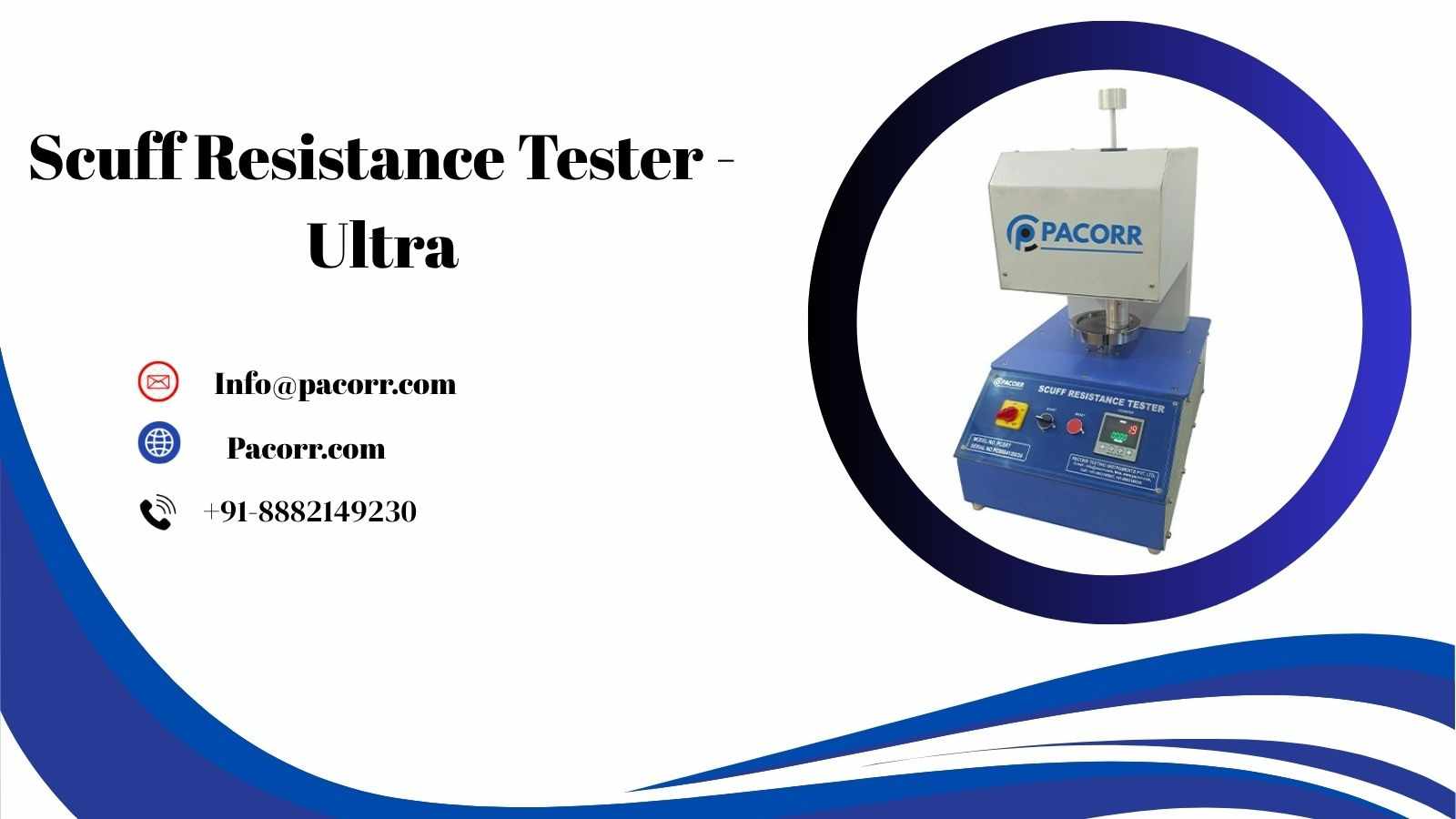
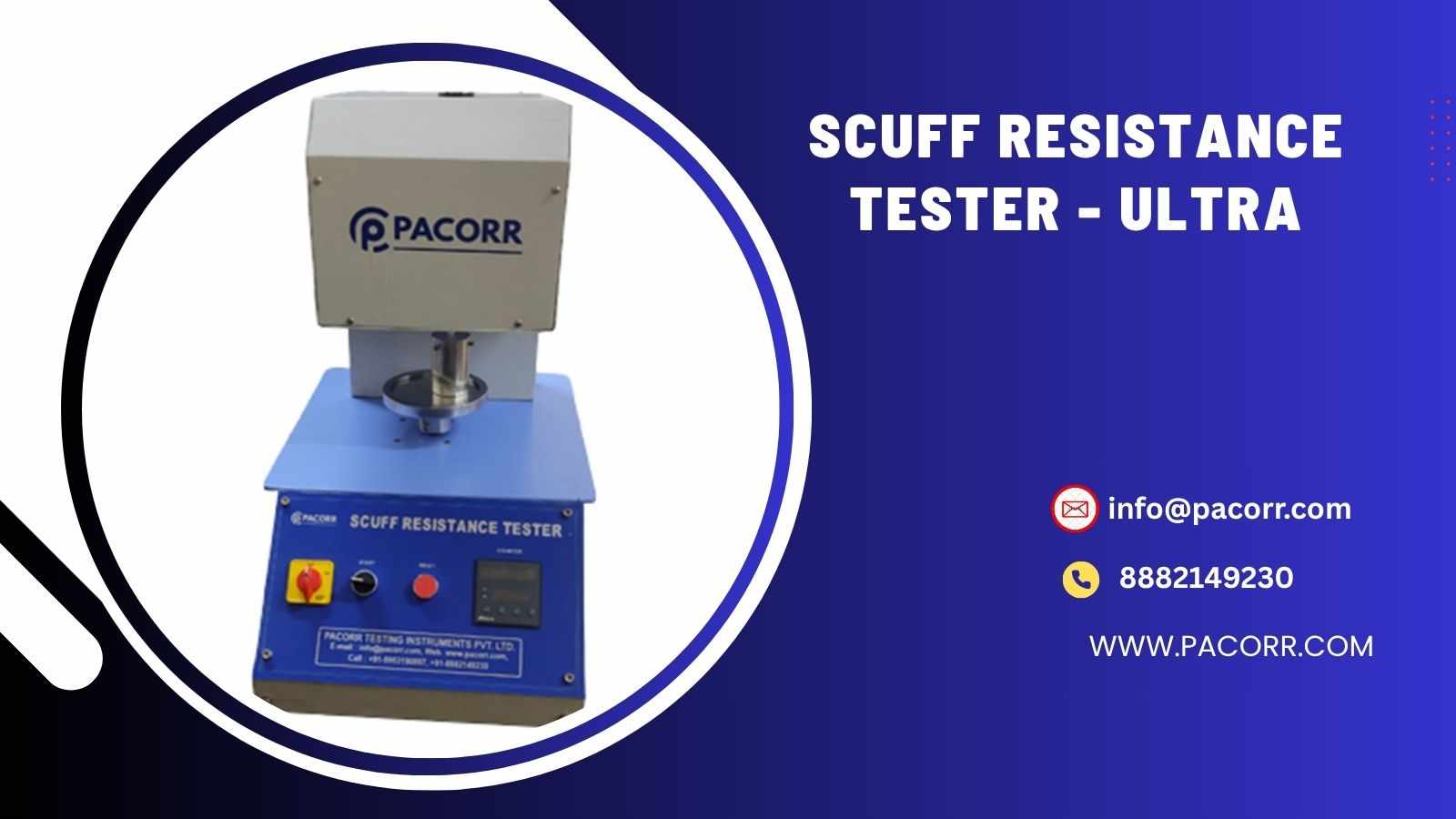

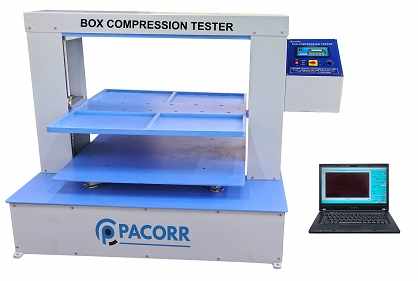











Write a comment ...